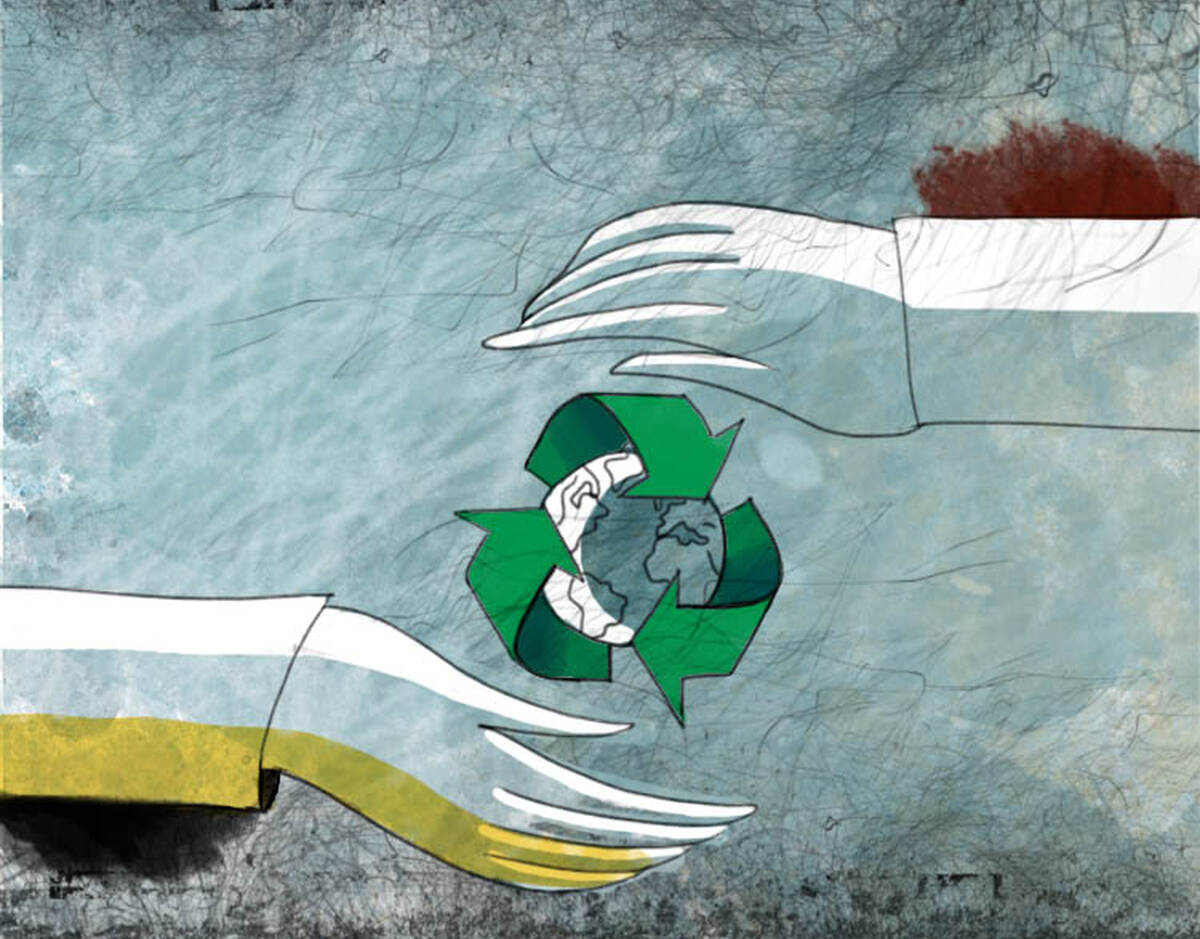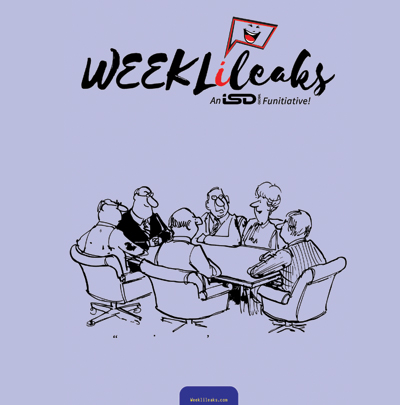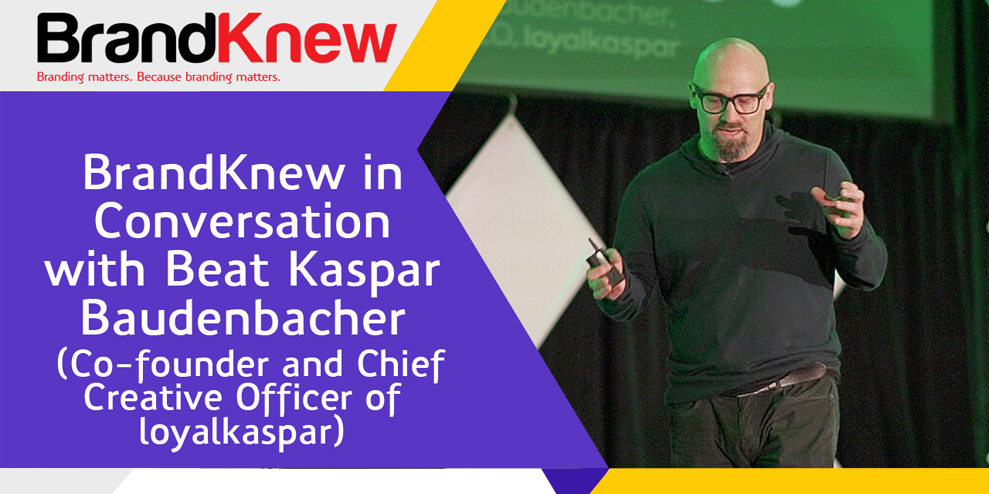
A big culture–strategy disconnect can be catastrophic. Only a formal assessment based on objective data can tell you if your organization is ready to transform.
“Culture eats strategy for breakfast” has been one of the most lasting aphorisms in business. The phrase has been so durable because it accurately, and vividly, describes a common issue: trying to pursue a strategy that the organization isn’t ready for. Yet although the phrase nicely sums up the problem, the solutions are harder to find. Read More









